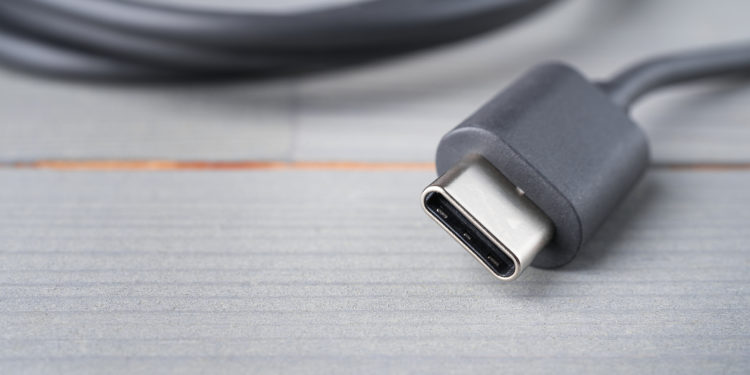The announcement of a new USB-C 240W power delivery standard means that far more powerful laptops and other devices can be powered via the now ubiquitous reversible connector.
The bad news, however, is that this means the creation of another USB-C cable standard means. USB-C Power Delivery is currently limited to a maximum of 100W. That's enough for the most powerful MacBook Apple offers today. Yet more than doubling that power leaves plenty of room for future devices. It also means USB-C can be used for more power-hungry devices, like larger monitors, some printers, and even some desktop PCs. The bad news, as CNET noticed, is that it means the introduction of another type of USB-C cable.
The USB Implementers Forum (USB-IF), the industry group that develops the technology, revealed the new power levels in version 2.1 of the USB Type-C specification update on Tuesday. The USB-IF did not immediately comment. The new 240-watt option is called Extended Power Range, or EPR. Cables that support 240 watts will have additional requirements to support the new values. And USB-IF will require that the cables carry special symbols "so end users can visually confirm that the cable supports up to 240W."
USB-C 240W Power Delivery: Things are getting even more chaotic
As we've noted in the past, using a single physical cable type for power, data, and video should make life a lot easier. But in practice, it's not quite that simple.
In theory, all USB-C cables should be the same: that's the point of a standard. In practice, there are different versions of the standard. Even more worrying, many cables sold as USB-C don't fully comply with the standard - and that can be seriously bad news. Some non-compliant cables simply don't offer the full data speeds they promise. Others can't be used for data at all. And still others can draw too much current, which can damage not only any device you're trying to charge it with but even the USB port in your MacBook.
Then there's Thunderbolt support and active versus passive cables. It's a messy business and EPR support will make it even messier - that's for sure. (Photo by Cronislaw / Bigstockphoto)





